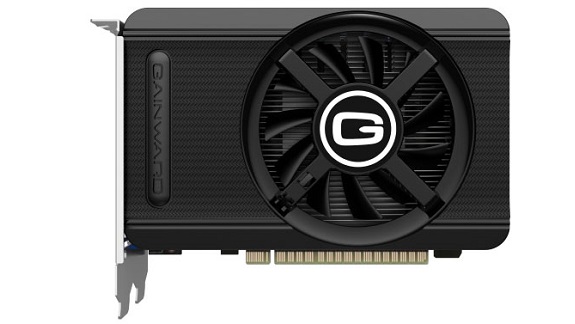GEFORCE GTX 650 Ti
Although the GeForce GTX 660 has a lower price and power compared to top-end video cards, there is still too much space between them and budget GK107-based boards, which is being filled by the recently announced GeForce GTX 650 Ti video card. The suffix given to it says that this board is faster than the usual GTX 650 based on the GK107, but slower than the GTX 660 based on the GK106 chip we have already reviewed.

Quite logically, the new GeForce GTX 650 Ti model in NVIDIA's product line is located between the GeForce GTX 660 and GTX 650. It replaces the previous generation of mid-range boards, such as the GeForce GTX 560 and GTX 550 Ti, offered before the release of solutions based on the Kepler architecture. The principle of naming NVIDIA video cards has not changed, the budget model received the number "5" in the middle of the index, but since this is the fastest of the two budget GTX 650s, the "Ti" suffix was also attached to the name, which distinguishes the new product from the GTX 650 based on the GK107, which we will talk more about later.
The release of a video card based on the truncated GK106 chip indicates that some defects have already accumulated in production from chips that did not pass the GTX 660, but which can be used on the GTX 650 Ti. As far as rival AMD's solutions are concerned, the new GTX 650 Ti has no direct competitor. The recommended price of the novelty is between the prices of the Radeon HD 7770 and HD 7850 models, but still much closer to the first one.
Specifications GeForce GTX 650 Ti
| Name | GeForce GTX 650 Ti |
| Core | GK106 |
| Process technology (µm) | 0.028 |
| Transistors (million) | 2540 |
| Core frequency | 925 |
| Memory frequency (DDR) | 2700 (5400) |
| Bus and memory type | 128-bit GDDR5 |
| Bandwidth (Gb/s) | 86 |
| Unified shader blocks | 768 |
| Frequency of unified shader units | 925 |
| TMU per conveyor | 64 |
| ROP | 16 |
| DirectX | 11.1 |
| Memory | 1024 |
| Interface | PCI-E3.0 |
So, in the case of the GeForce GTX 650 Ti model, four out of five physically available SMX units are active in the GK106 chip, which in total is 768 stream processors and 64 texture modules. Unlike the GeForce GTX 660, which has all three 64-bit memory controllers active, the GeForce GTX 650 Ti memory subsystem uses only two of the three 64-bit controllers on the chip, which in total is only a 128-bit bus.
And the video memory frequency was reduced from 6000 to 5400 MHz. As a result, the resulting throughput of 86.4 GB / s may not be enough, given the power of the GK106 and the high demands on the memory bandwidth of modern games, especially with the inclusion of full-screen anti-aliasing. Since ROPs are tied to memory controllers, their number has also changed compared to the GTX 660, and in our case it is 16 active blocks.
The GeForce GTX 650 Ti does not support GPU Boost technology. Recall that this is a combination of software and hardware solutions that allows you to automatically increase the operating frequencies of the GPU, depending on its power consumption, to achieve maximum performance. This technology ensures operation at the highest possible frequencies within the selected thermal package and operates independently of drivers or other software. Apparently, NVIDIA decided that there is no point in pampering "state employees" with such complex technologies, and so they should be happy already at the sight of Kepler for $149. In general, the nominal (and only) clock frequency of the GK106 video chip used in the GeForce GTX 650 Ti is 925 MHz, and it is fixed, unlike more powerful solutions.



